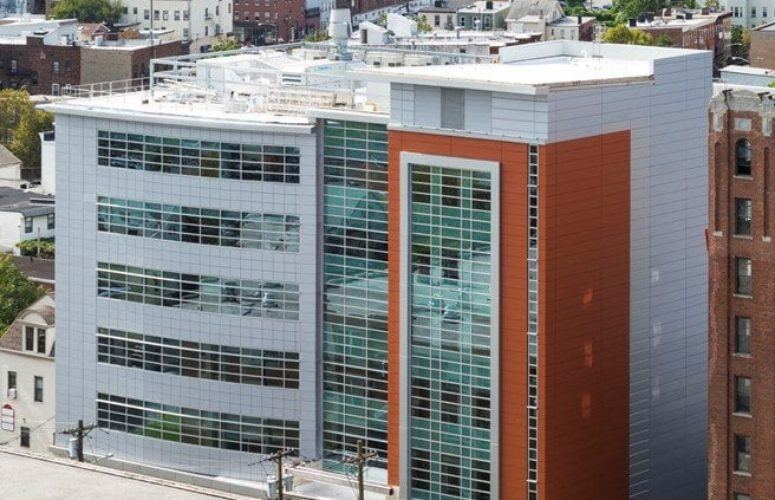
Lumber from Plastic Containers
Rutgers Professor Tom Nosker has invented synthetic lumber.
By Jim Pytell, Assistant Editor On May 29, 2017Lumber is a common material used for building. Its uses can range from the support found in bridges to the railway ties on train tracks. However, the problem with lumber is that, over time, the material degrades, and, moreover, it is often treated with toxic chemicals in an effort to increase its longevity.
To alleviate the problem, Thomas Nosker, a professor at Rutgers University’s Department of Materials Science and Engineering, New Brunswick, has invented synthetic lumber out of recycled plastic waste.
As a graduate student 30 years ago, Nosker began researching ways to more efficiently process the growing amount of plastic containers being used.
“We asked for plastic polyethylene terephthalate (PET) bottles [which we knew how to process into useful materials], but found that we were also getting a lot of stuff we didn’t ask for, like plastic containers used to hold detergent, shampoo and yogurt,” Nosker says.
This excess material was too expensive to sort and wash, so Nosker had to devise a use for it “as-is,” with old product residue and labels still on the containers.
“Plastics [experts] told us that we had to find something to do with these types of containers since they were potentially recyclable,” Nosker says.
Initially, he was able to make a material from the excess plastic that could be used to make benches and tables. However, over time, it would wear down and sag, a process known as “creep.”
“I needed to make the material creep-resistant,” Nosker says. “I did that by adding stiffer plastics, and blending in things like car-bumper materials. …This made a material that wouldn’t change dimensions under moderate loads.”
This combination yielded one of Nosker’s most successful inventions to date, synthetic lumber.
“You can invent the best stuff in the world, but that doesn’t mean that there is a big demand for it,” Nosker says, explaining that he had to publish his process and seek out potential users to find possible applications for the new material.
“For example, in bridges, the long-term cost benefit [of synthetic lumber] is huge,” he says. The challenge comes when attempting to break into the market.
Over time, people have become more educated on its benefits and uses, and today, Nosker’s plastic lumber is used to build bridges at Army bases across the country as well as in railroads to replace old wooden railway ties.
“The US railway industry is planning to shift to recycled railway ties within the next 10 years,” Nosker says. As forests with usable wood become rarer, he says companies “can see the writing on the wall.”
Nosker, an inventor in the truest sense of the word, has more than 30 patents and patents pending in the US alone, with more than a few hundred patents around the globe.
Related Articles:






